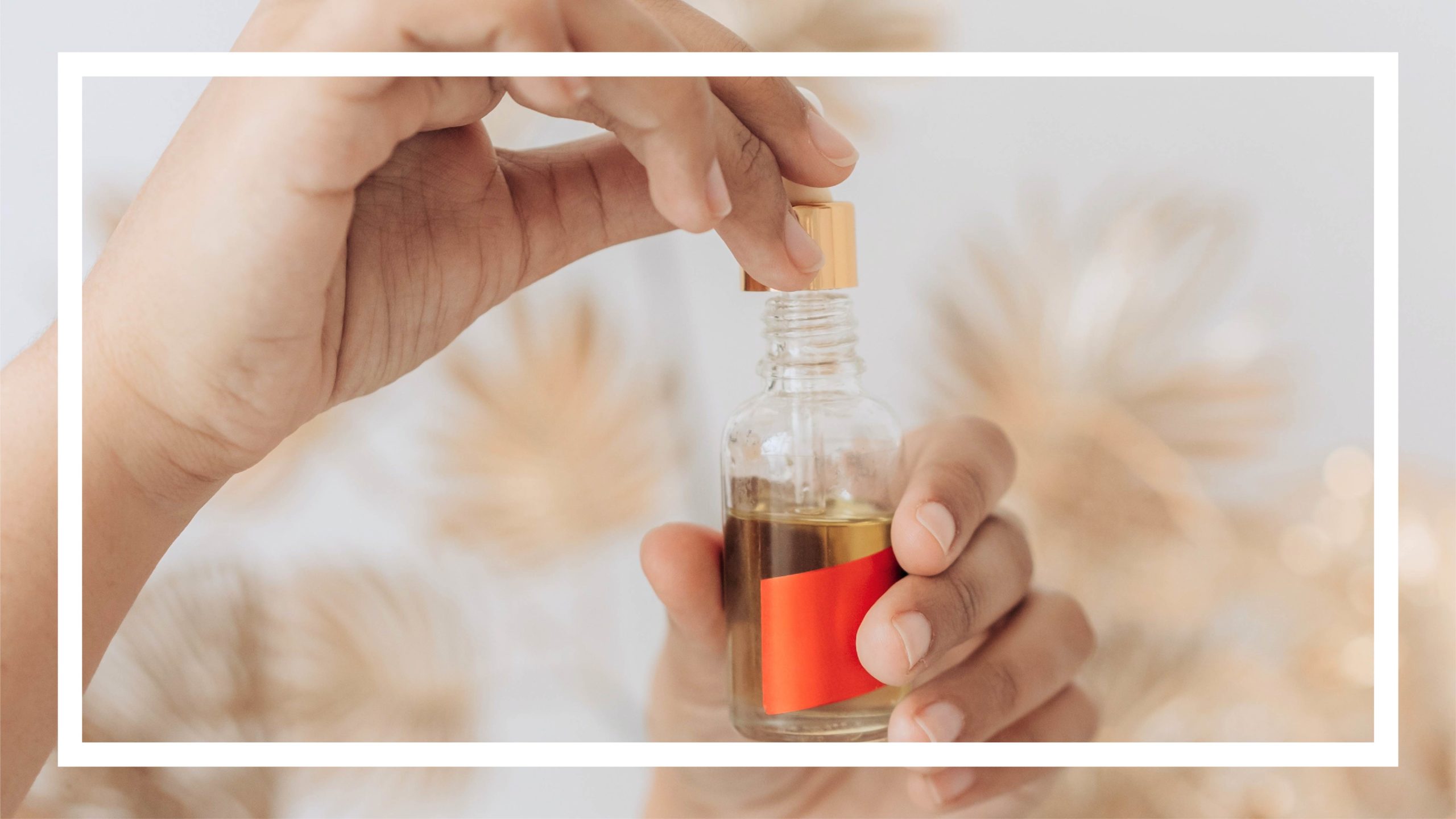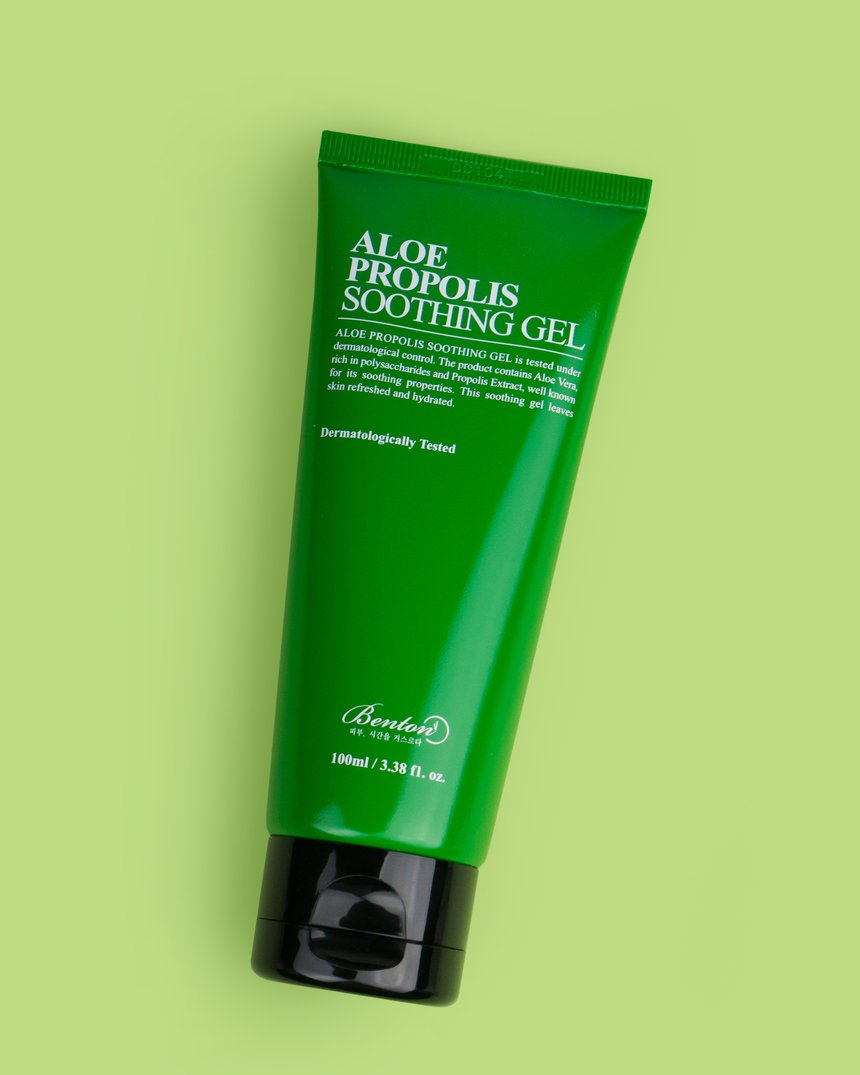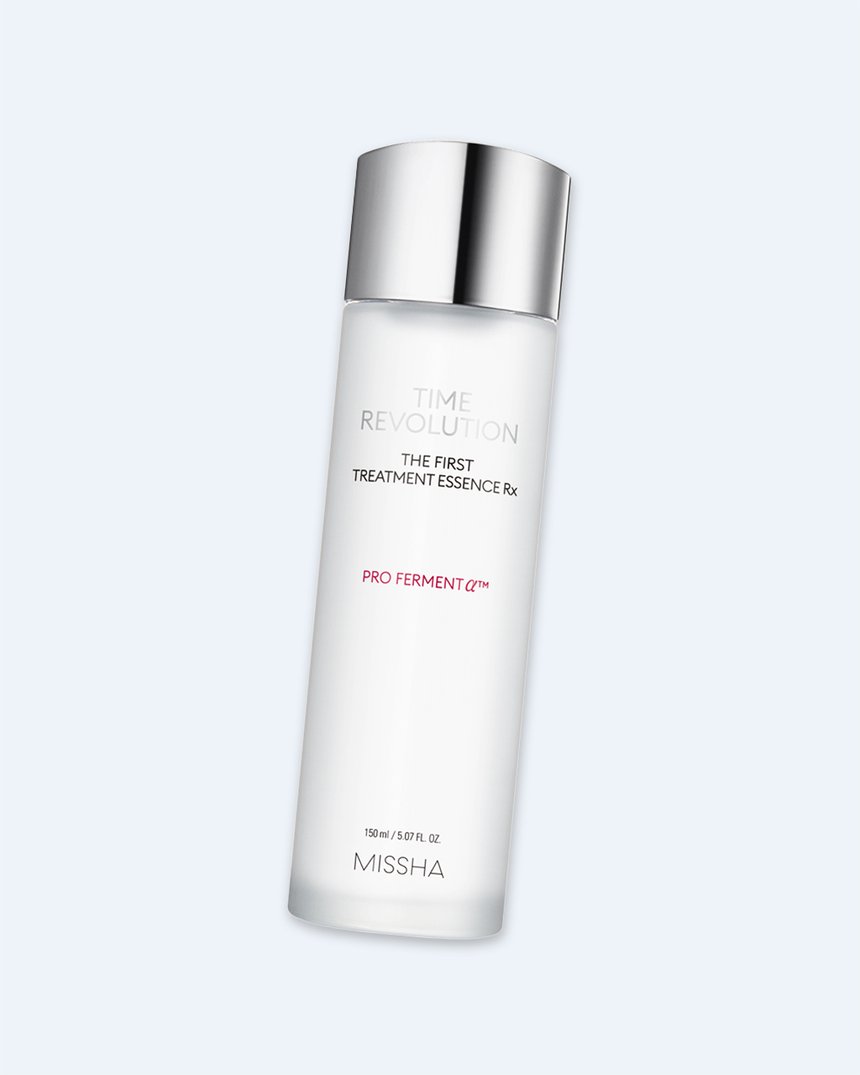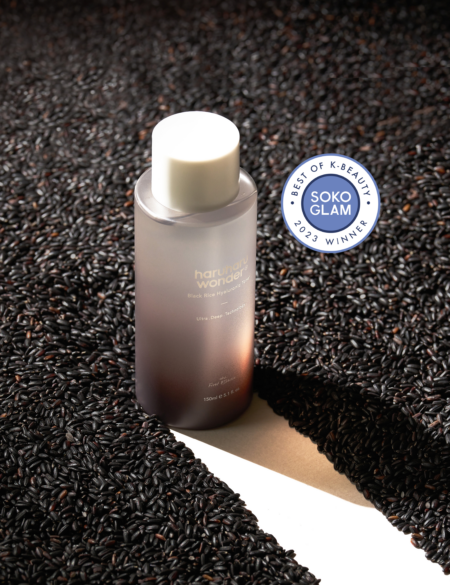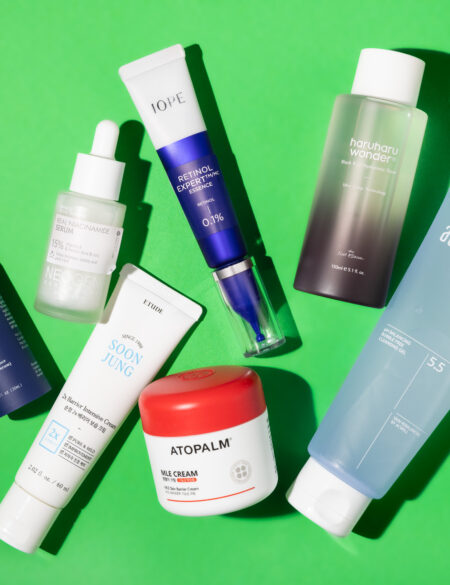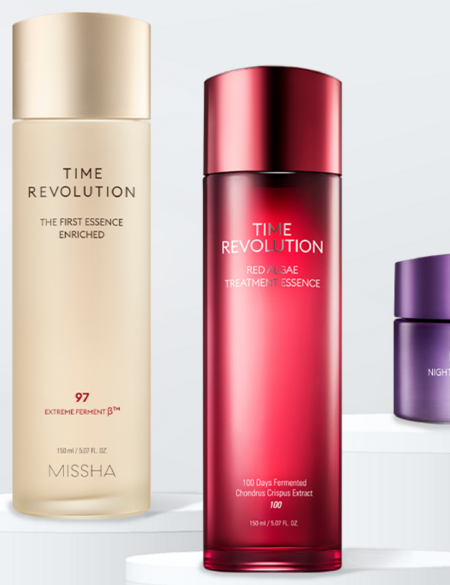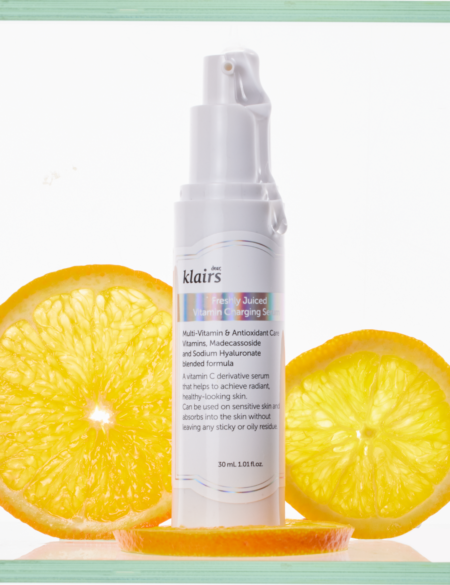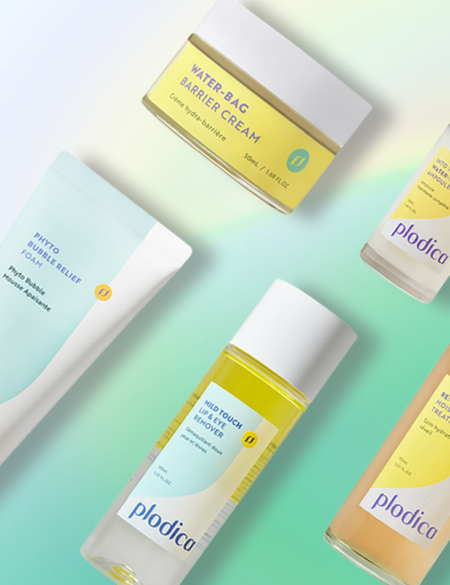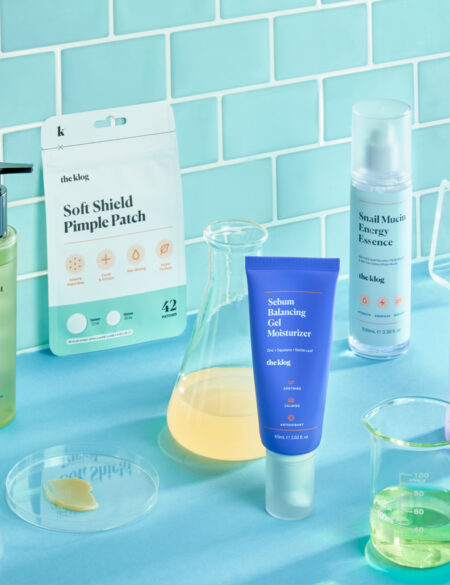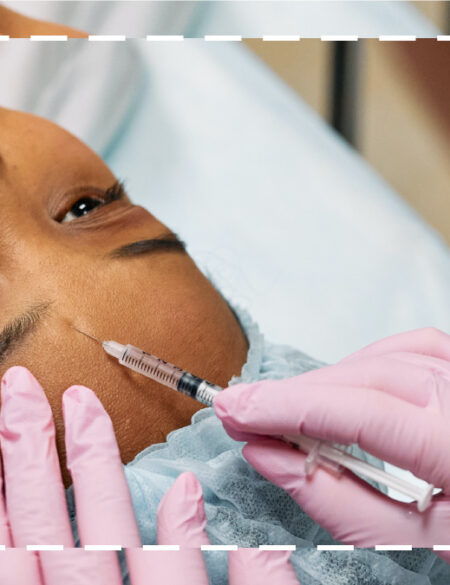Decoding chemicals isn’t always fun, but it is rewarding.
Your jeans are made from hand-dyed organic cotton, you sip fair trade Sumatran lattes with antibiotic-free skim milk, and your vanity is an animal-testing-free zone. You’re invested in the ingredients and practices behind all of your other product, but do you know how to read the ingredient lists on beauty products? Chances are you’re a bit confused. Let us help you out.
It’s okay, you’re far from alone. Most beauty fans get a little lost when it comes to navigating what exactly goes into their favorite lotions and potions; words like acrylates/C10-30 alkyl acrylate crosspolymer or polyquaternium-10 would be enough to make even star science students a little befuddled. This means we often skip over reading the ingredient lists on our favorite products and formulations.
But understanding how to read the ingredient lists on beauty products doesn’t need to give you flashbacks to that Chem test you forgot to study for. All you need is a little know-how, and maybe some advice from someone who definitely did their homework, like cosmetic chemist Jim Hammer.
Think of the beauty product as a food item…kind of.
The good news is that if you’ve ever comparison shopped the nutritional facts of granola at the store, you already know the basics of beauty ingredient lists. “Beauty products are labeled very similarly to food products, in that the ingredients are listed in order of predominance, from largest amount to smallest,” says Hammer.
Don’t get excited just yet, it’s not quite that simple. “Where it gets a bit complicated,” he explains, “is when the ingredients are present in an amount that is less than or equal to 1% in the formula, they can appear in any order.” So just because your moisturizer’s much-touted green tea extract (that’s camellia sinensis in ingredient list speak) or vitamin C (L-ascorbic acid) appears around the halfway mark of the ingredients list, doesn’t necessarily mean that there’s more of it in the mix than the ingredients below it.
Of course, those tricky placements aren’t likely to make or break your beauty routine; since ingredients that make up 2% or more of a product are required to appear in order, it’s a safe bet that keeping an eye on the first half of the ingredients list will give you a good picture of what 90-95% of your product is made of.
But if your acne cream comes courtesy of a prescription, it can be even more complicated. “Pharmaceutical products are different. The ingredients for these are simply listed in alphabetical order, so it’s hard to tell which ingredients are present in the largest amounts,” says Hammer.
How to figure out what the ingredients are:
As for recognizing what exactly those ingredients are, while those thirty-letter names can look intimidating, there are a few quick tips that can make your life easier. The beginning syllable of some ingredients may change depending on their specific formulations, but the endings generally remain the same. Silicones, for example, can come in many forms, but most contain the suffixes -icone or -conol, so if you’re looking to cut out silicones, keep an eye out for those tell-tale letters.
Botanicals, on the other hand, will be listed by their scientific names (think butyrospermum parkii, aloe barbadensis, or anything else you’d feel like you need a medical degree to pronounce). An easy give-away for those (in case you don’t happen to be a botanist) is that they’ll usually be followed by the words oil, extract, or butter. A great example of a product with a great amount of botanical extracts is the ever popular Missha Time Revolution First Treatment Essence.
Those looking to go preservative-free should keep an eye out for common ones like parabens and DMDM hydantoin, but your best bet for nailing down every last item in an ingredient list is to make friends with an ingredient dictionary, like our extensive ingredient glossary.
When you see water listed as an ingredient…
Just keep in mind that being a smart shopper also means not getting sidetracked by hype. Ingredients like water have gotten a bad rap recently as fillers, but seeing it at the front of your ingredients list doesn’t have to be a red flag.
In fact, for many liquids and gels, water is essential, even if you don’t always see it. “Even if a natural extract is listed first, i.e. aloe, water is still the major ingredient,” explains Hammer. “This is not necessarily a bad thing, it’s just how these particular products are formulated.” This is the case for the Benton Aloe Propolis Soothing Gel.
Bottom line:
The key to knowing how to read the ingredient lists on beauty products is in knowing what you want a product to do and making sure that the big name ingredients in it are working together to get you to that goal!


